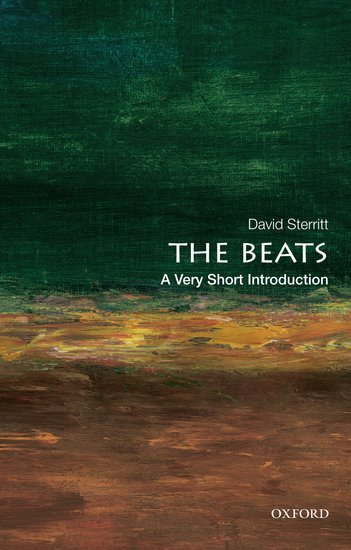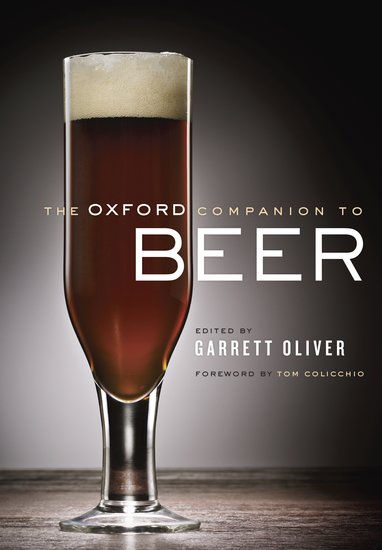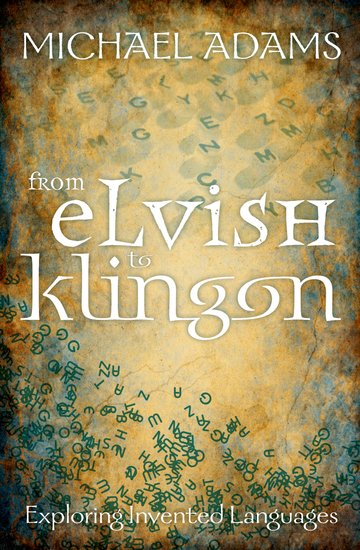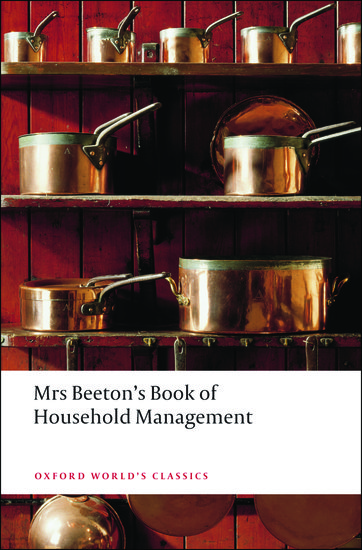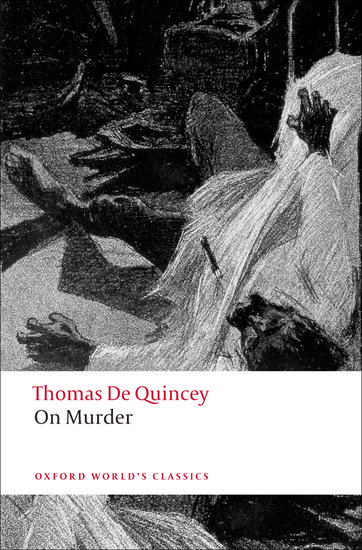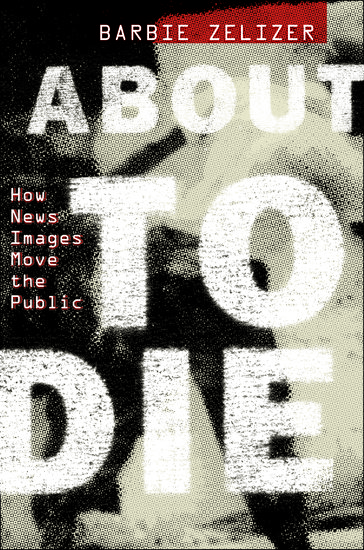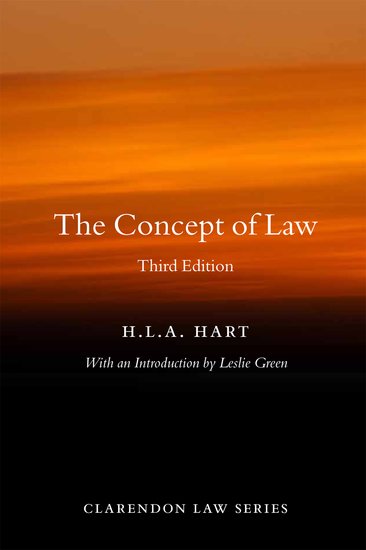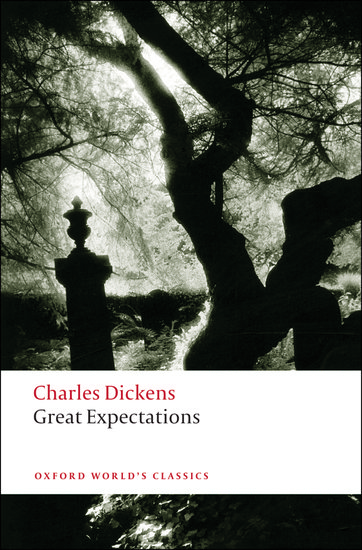Jack Kerouac: On and Off the Road
By David Sterritt
Jack Kerouac, the novelist and poet who gave the Beat Generation its name, died 43 years ago on 21 October 1969 at the age of 47. On Friday, the long-delayed movie version of Kerouac’s autobiographical novel about crisscrossing the United States with his hipster friend Neal Cassady in the 1940s, On the Road will be released. When the novel was published in 1957, six years after he finished writing it, Kerouac dreamed up his own screen adaptation, hoping to play himself (called Sal Paradise in the novel) opposite Marlon Brando as Dean Moriarty, the Cassady character.

